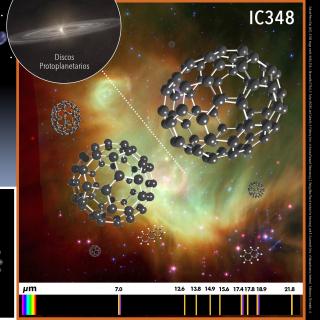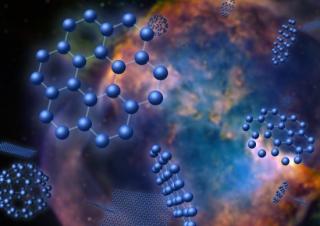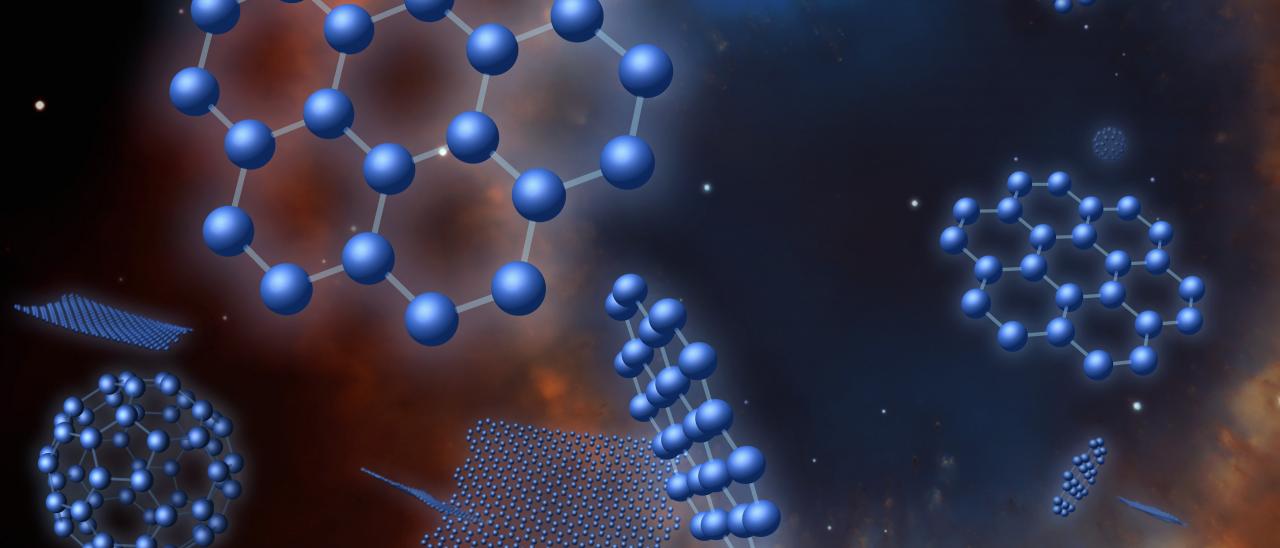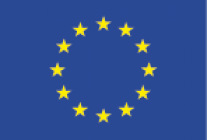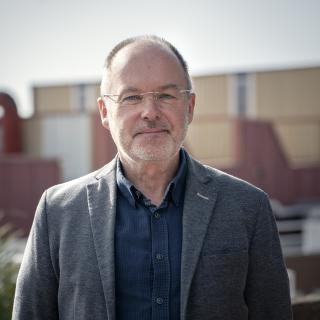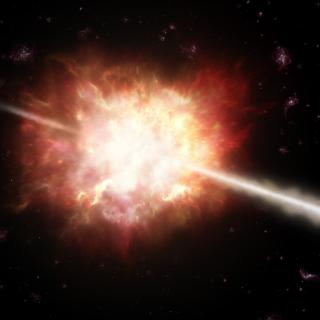On November 1st the COST (European Cooperation in Science and Technology) action called “NanoSpace: Molecular carbon nanostructures in space” coordinated by the Instituto de Astrofísica de Canarias (IAC) was initiated. This is an internatonal research network, led by Anibal García Hernández, in which groups from 43 countries are participating. This is the first time that an IAC researcher has led one of these prestigous COST actions.
The main objective of NanoSpace is to determine the abundance, the formation mechanisms, and the astrochemical and astrobiológical roles of carbon nanostructures (“nanocarbons”) in space. To achieve this a variety of combined approaches is used: observational astronomy, laboratory astrophysics, spectroscopy, molecular reaction dynamics, theoretican and synthetic chemistry, materials science and data management techniques (“big data” and artificial intelligence) as well as astrobiology. This action will produce a common basis for interaction among the different communities, who will learn from one another and will train a new generation of interdisciplinary researchers. As the main “deliverable” the project will produce a data base on nanocarbons which will drive future projects designed to resolve key questions in astrochemistry.
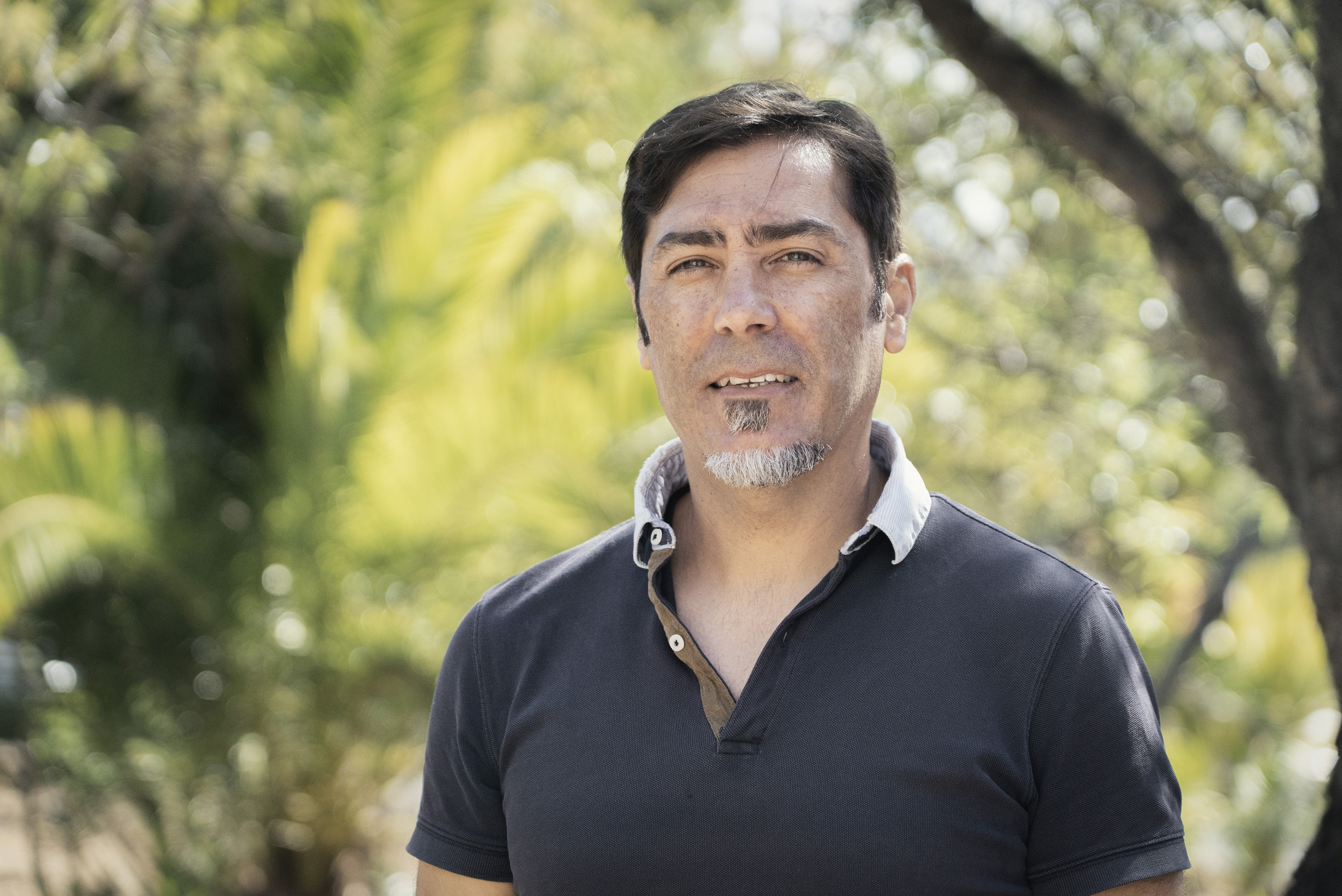
There are over 126 participants from 43 countries (including ultra-peripheral european regions such as the Canaries and Madeira) participating in NanoSpace, and this number may increase during the four years’ duration of the project. The action will develop networking activities, with an open, proactive, and inclusive approach. The researchers from all the countries involved will be able to ask for funding to carry out short scientific missions, or to participate in other activities (conferences, workshops, schools, professional and outreach lectures etc) within the guidelines of the action, independently of the group or institution where they are mainly working. Among the activities during the first year it is planned to organize a Scientific meeting, a training school for young researchers related to the James Webb Space Telescope (JWST) as well as various calls for short stays in research and industry within a number of European countries, and for attendance at conferences.
“There are over 126 participants from 43 countries (including ultra-peripheral european regions such as the Canaries and Madeira) participating in NanoSpace, and this number may increase during the four years’ duration of the project. The action will develop networking activities, with an open, proactive, and inclusive approach. The researchers from all the countries involved will be able to ask for funding to carry out short scientific missions, or to participate in other activities (conferences, workshops, schools, professional and outreach lectures etc) within the guidelines of the action, independently of the group or institution where they are mainly working. Among the activities during the first year it is planned to organize a Scientific meeting, a training school for young researchers related to the James Webb Space Telescope (JWST) as well as various calls for short stays in research and industry within a number of European countries, and for attendance at conferences.
COST actions
NanoSpace isfunded by the European Union within the framework of COST actions. European Cooperation in Science and Technolgy (COST) is the oldest European framework which supports transnational cooperation among scientific and engineering personnel throughout Europe. COST funds networkd of interdisciplinary research which bring together those who work in research and innovation, and other professionals both within and outside Europe to collaborate in a given line of research for a period of 4 years.
More information: https://www.cost.eu/actions/CA21126/#tabs+Name:Description
Contact at the IAC:
Anibal García Hernández, agarcia [at] iac.es (agarcia[at]iac[dot]es)

